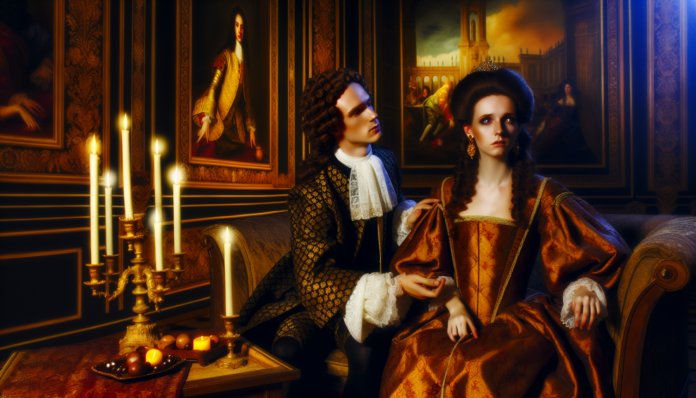Introduction
In the world of royalty, love stories often unfold like fairy tales, but behind the castle walls, not all tales end happily. One of the most notorious examples is the scandal surrounding the beloved Princess Diana and her tumultuous marriage to Prince Charles. This incident, simmering in the late 20th century, reverberated through the British monarchy and beyond, challenging societal norms and redefining public perceptions of royal affairs.
Set against the backdrop of the 1980s and 1990s—a society experiencing a cultural shift towards transparency and celebrity gossip—this scandal captured the attention of millions and opened conversations about love, betrayal, and the unyielding scrutiny that comes with royal status.
The Scandal
The marriage of Charles and Diana appeared idyllic on the surface, celebrated in a lavish wedding in 1981, but beneath the glamour lay deep fissures of infidelity and betrayal. The crux of the scandal emerged when it was revealed that Charles had rekindled a relationship with Camilla Parker Bowles, a woman he had loved before marrying Diana. The momentous disclosure came to light through various means, including intercepted phone calls, and a scandalous book titled Diana: Her True Story, written by Andrew Morton.
Key events included:
-
The Unveiling: 1992 marked the release of Morton’s biography, illuminating Charles’s emotional detachment. Diana described feeling “like a lonely ghost” in her marriage.
-
The Tap: In 1993, a truly scandalous moment arrived when an intimate phone conversation between Charles and Camilla was leaked. Commonly referred to as “Camillagate” or “Tampongate,” the scandal involved Charles saying he wished to be “a tampon” for Camilla, revealing the depth of their connection. This tape unleashed public disgust and mockery.
- Public Reaction: Social media was nonexistent, but the public outcry was deafening. Popular news outlets showcased both sympathy for Diana and scorn for the royal family. Quote from a British tabloid: “Diana is the people’s princess, and her story resonates.”
Moral and Cultural Analysis
In the 1990s, societal norms were beginning to shift. The concept of ‘royal decorum’ was challenged as tabloids thrived on breaking royal scandals. While many in the UK rallied behind Diana, encapsulating her as a victim of circumstance, views on marriage and infidelity were becoming more liberal, allowing for a public discourse on personal and marital happiness.
Consequences for those involved were severe:
-
Diana: Her popularity soared, yet the emotional fallout was crippling. Her candid persona made her a global icon, but it came at a cost—her struggles with mental health became increasingly apparent.
- Charles: The scandal heavily tarnished his public image. Although he eventually married Camilla in 2005, his popularity never fully recovered.
Fast forward to today, the perceptions surrounding this scandal have evolved:
The lens through which we view these events from decades past provides a stark contrast to our understanding today, framed by a commitment to emotional well-being and personal agency in relationships. The royal love stories, once defined solely by grandeur, have transformed into conversations about vulnerability and authenticity, reminding us that even within the most privileged circles, the heart can be an unseen killer.

